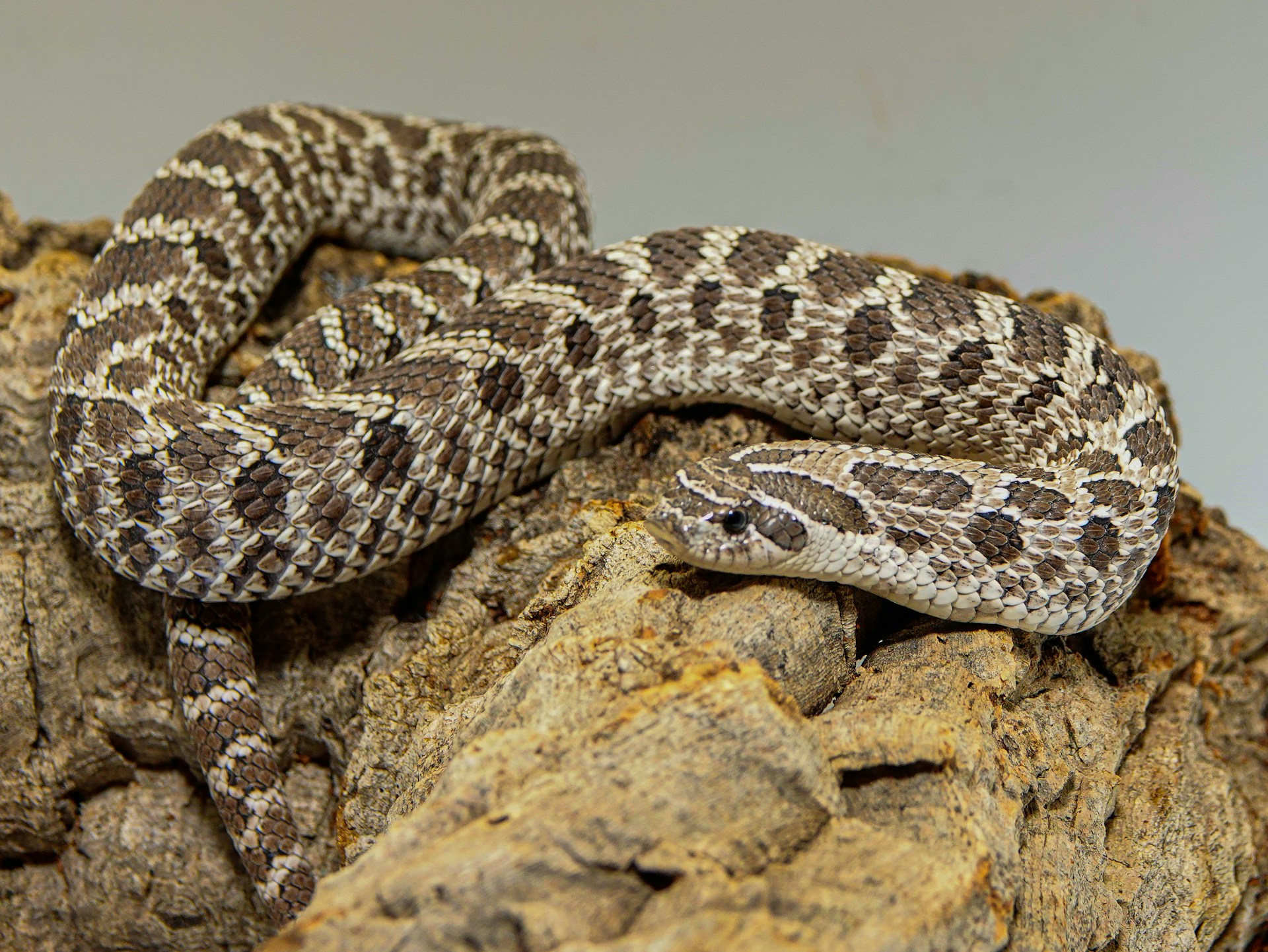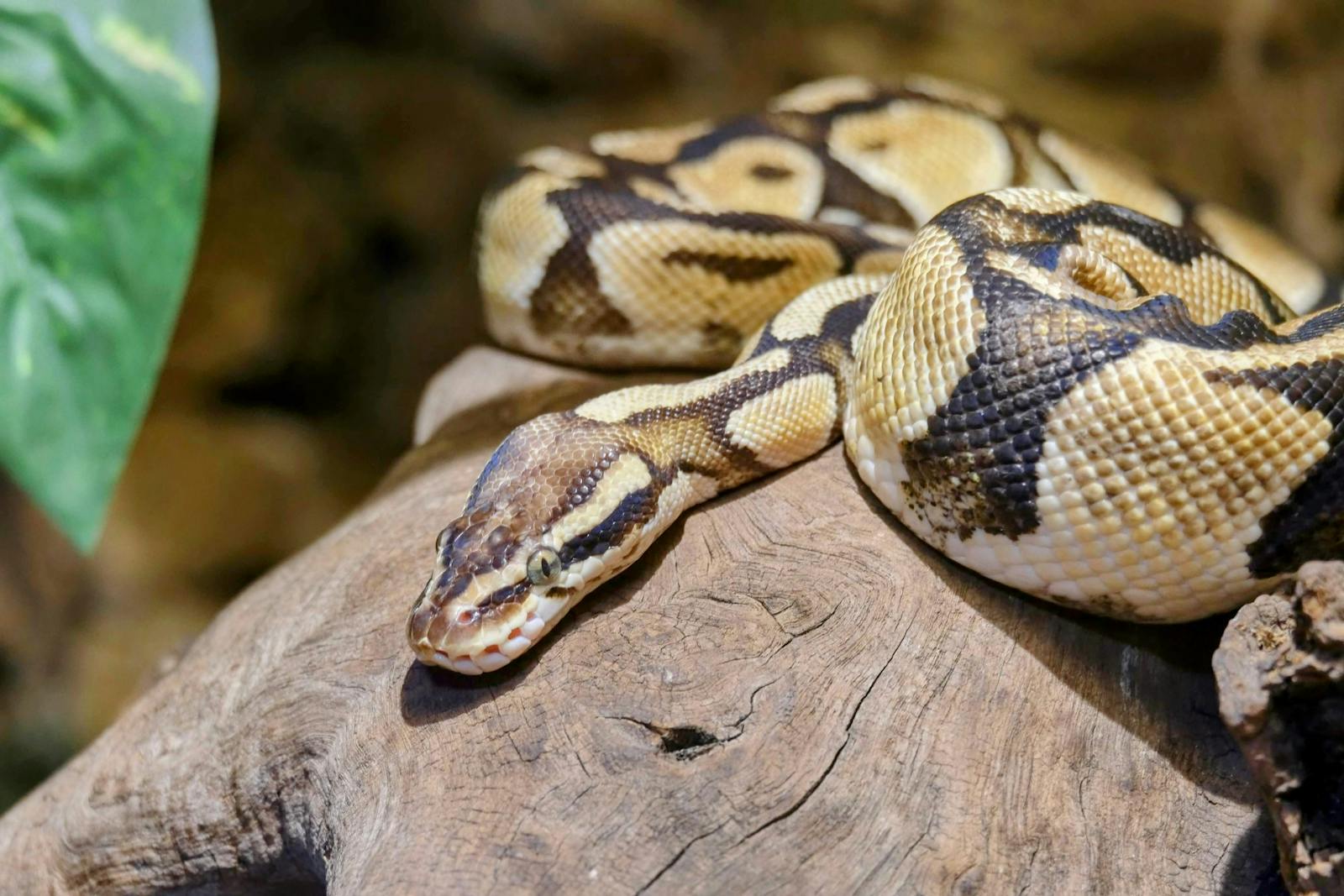Venomous snake breeding represents one of the most specialized and challenging areas of herpetology. Behind the glass of terrariums in research facilities, conservation centers, and private collections, careful experts work to propagate some of nature’s most dangerous yet fascinating creatures.
Unlike breeding harmless snakes, venomous snake breeding combines advanced husbandry techniques with rigorous safety protocols that leave no room for error.
This specialized practice serves multiple purposes—from producing antivenom and conducting medical research to conservation efforts for endangered species and maintaining genetic diversity in captive populations.
While controversial in some circles, responsible venomous snake breeding has contributed significantly to our understanding of these remarkable reptiles and has potentially saved countless lives through antivenom development.
The Legal Landscape of Venomous Snake Breeding
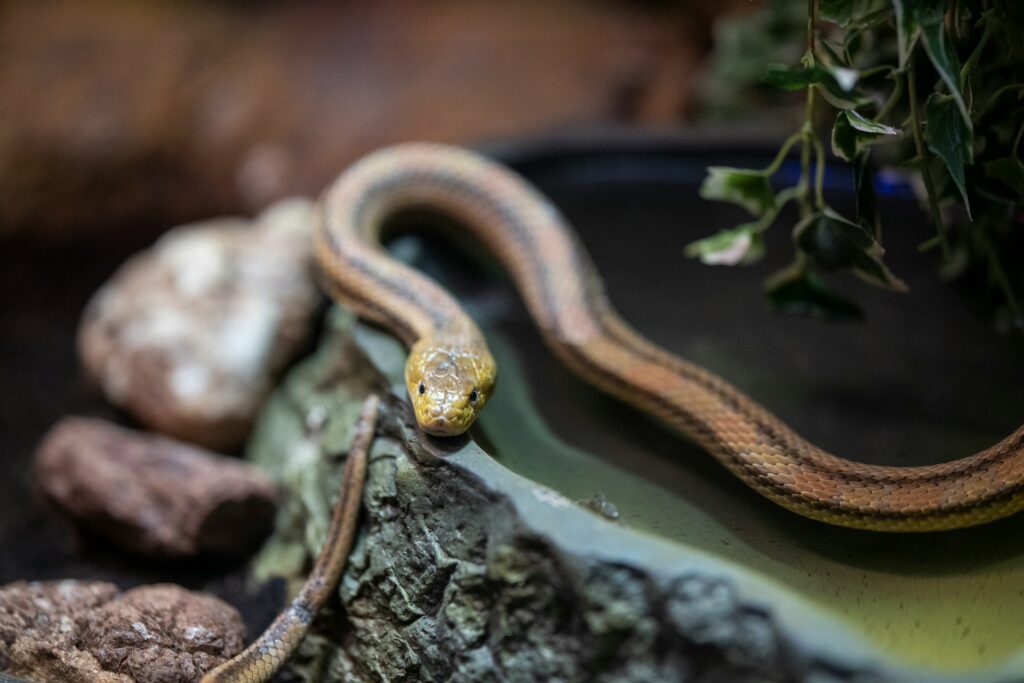
Breeding venomous snakes in captivity exists within a complex web of regulations that vary dramatically by location.
In the United States, laws range from complete prohibition in states like Hawaii to permit-based systems in Texas and Florida, where qualified individuals can legally keep and breed certain venomous species.
International regulations such as CITES (Convention on International Trade in Endangered Species) add another layer of complexity, particularly for threatened species like king cobras or certain rattlesnakes.
Professional breeders must navigate licensing requirements, regular facility inspections, and strict record-keeping obligations that track every specimen from birth to death.
These regulations exist not merely as bureaucratic hurdles but as essential safeguards protecting both public safety and the welfare of the animals themselves.
Essential Safety Protocols and Equipment
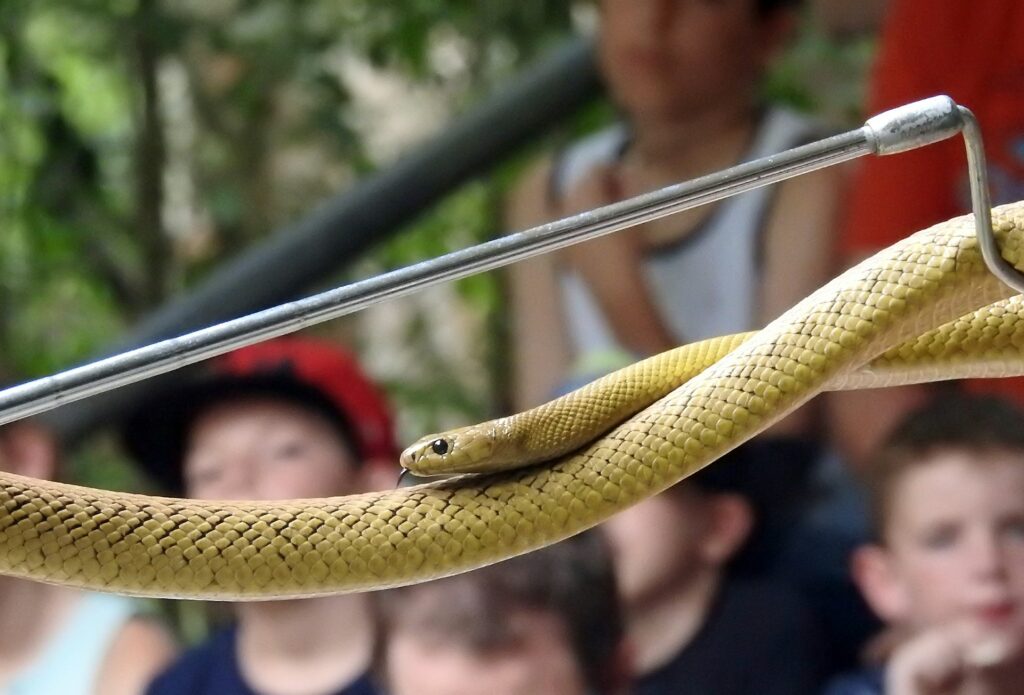
Safety considerations dominate every aspect of venomous snake breeding operations, with specialized equipment and rigorous protocols forming the foundation of responsible practice.
Handling tools include snake hooks, tongs, tubes, and shift boxes that allow keepers to manage dangerous species without direct contact.
Secure enclosures feature redundant locking mechanisms, escape-proof ventilation, and transparent viewing panels that enable observation without opening the habitat.
Professional facilities maintain fully stocked emergency kits containing pressure bandages, suction devices, and communication equipment to coordinate emergency response.
The most critical safety element remains the “no solo work” rule—experienced breeders never handle venomous snakes alone, ensuring someone is always available to provide assistance and contact emergency services in case of an accident.
Creating Optimal Housing Conditions
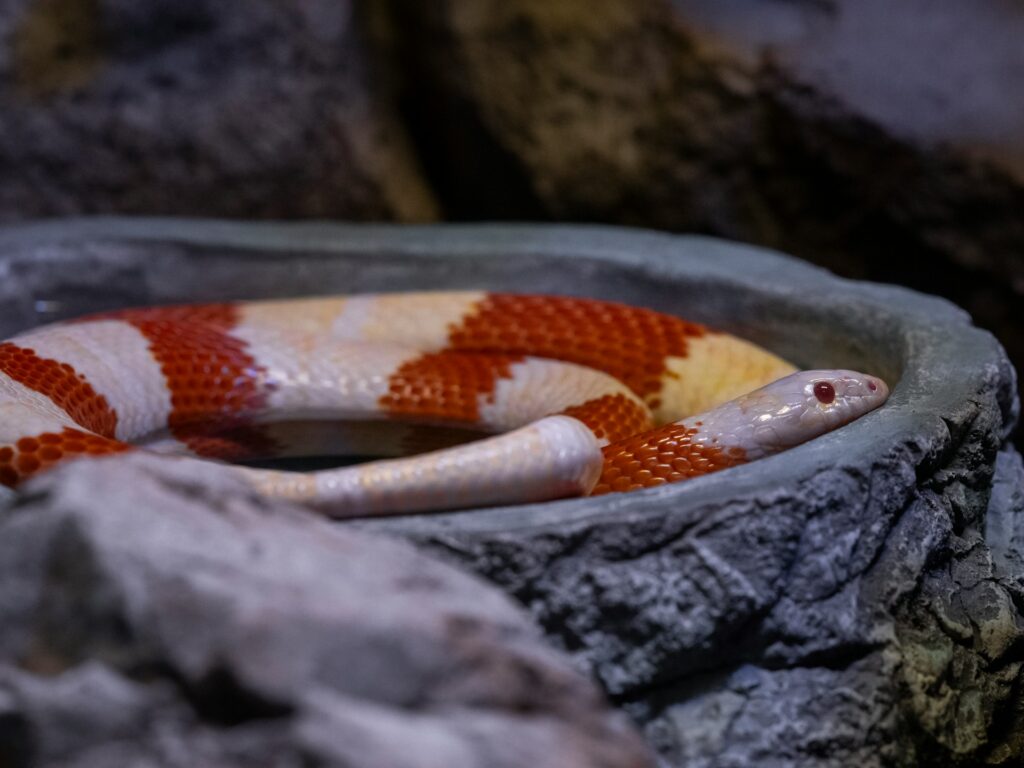
Successful venomous snake breeding begins with meticulous habitat design that balances natural environmental conditions with practical maintenance considerations.
Enclosures must provide appropriate temperature gradients, typically achieved through under-tank heating elements on one side that allow snakes to thermoregulate by moving between warmer and cooler areas.
Humidity control varies by species—desert vipers require relatively dry conditions around 30-40%, while tropical species like mambas may need humidity levels exceeding 70%.
Substrate choices range from newspaper and paper towels (easily replaced during cleaning) to naturalistic options like cypress mulch or coconut fiber that allow burrowing behaviors.
The most sophisticated breeding facilities incorporate seasonal light cycling and barometric pressure changes to simulate natural breeding triggers, particularly important for species from temperate regions that respond to seasonal cues.
Nutrition and Feeding Strategies
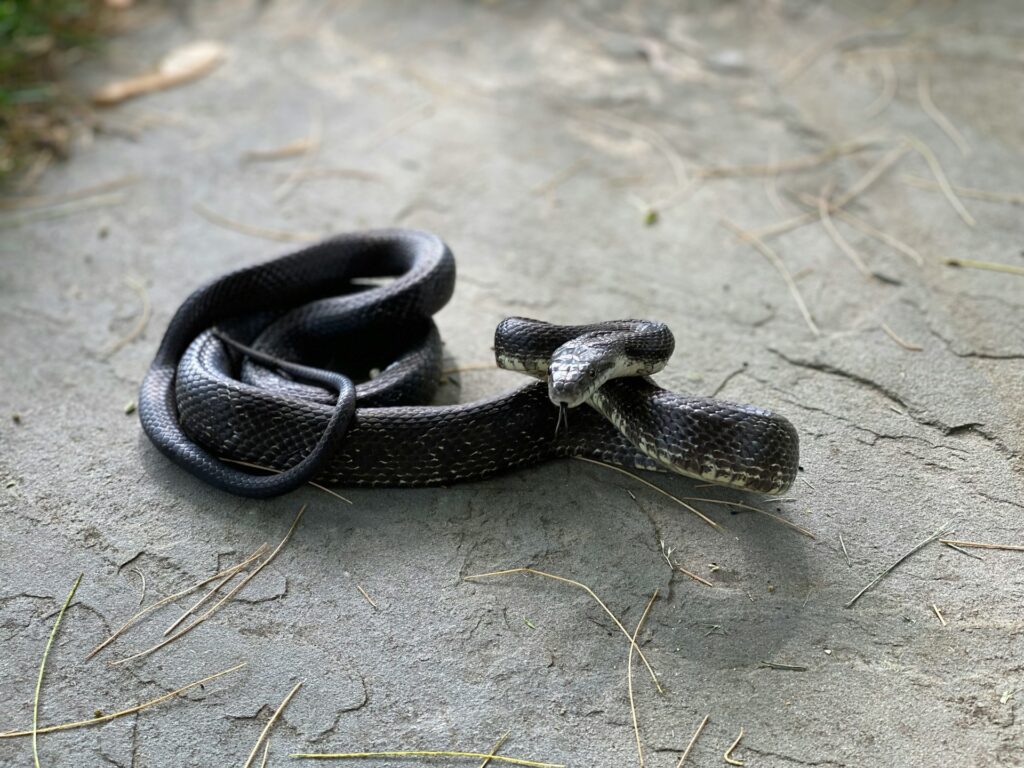
Proper nutrition forms a cornerstone of successful venomous snake breeding programs, with diet composition carefully calibrated to reproductive requirements.
Most venomous species are obligate carnivores requiring whole-prey items like mice, rats, or small birds, with prey size matching the snake’s girth to prevent regurgitation or digestive strain.
Breeding females often receive increased feeding frequency and portion sizes during pre-breeding conditioning phases to build energy reserves for egg production.
Professional breeders typically use feeding tongs extending at least the length of the snake to deliver pre-killed prey items, eliminating both the suffering of live prey and the risk of prey-inflicted injuries to valuable breeding specimens.
Nutritional supplementation may include calcium dusting for female specimens preparing to produce eggs, helping prevent calcium depletion that can lead to health complications during reproduction.
Sexing Techniques for Breeding Pairs
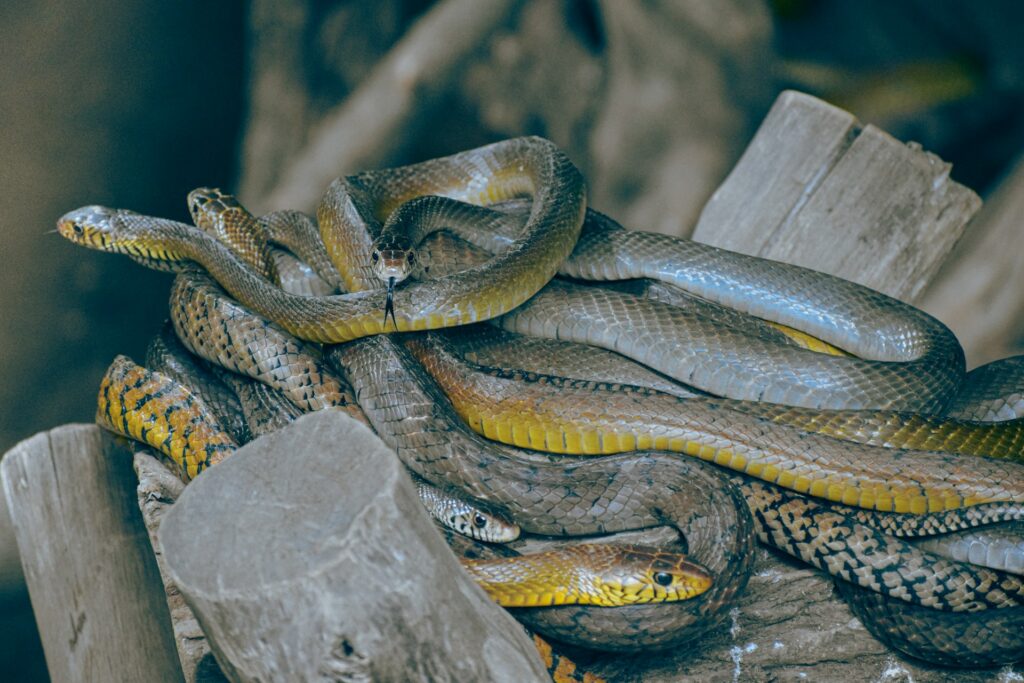
Accurately determining the sex of venomous snakes presents a critical first step in any breeding program, requiring specialized techniques that minimize stress and handling time.
The most common method, probe sexing, involves the careful insertion of a lubricated metal probe into the cloaca and along the tail base—in males, the probe advances further due to the presence of hemipenes.
Visual sexing works for sexually dimorphic species like many rattlesnakes, where males typically have longer tails relative to total body length.
Some experienced breeders employ “popping” techniques on juvenile specimens, applying gentle pressure to evert the hemipenes of males, though this method requires considerable expertise to prevent injury.
Non-invasive alternatives increasingly include cloacal ultrasound, which can visualize reproductive organs without physical probing, particularly valuable for rare or sensitive species where minimizing stress remains paramount.
Breeding Season Preparation
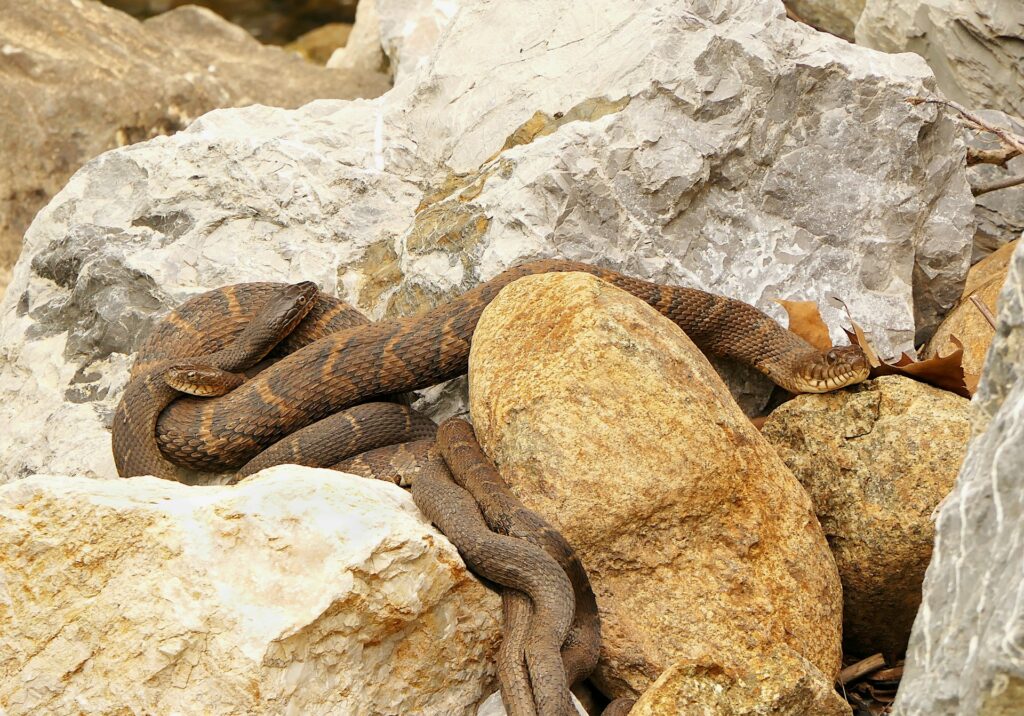
Successful venomous snake breeding requires careful preparation months before actual pairing attempts, with conditioning regimens tailored to the natural cycles of each species.
For temperate species like many vipers and rattlesnakes, breeders typically implement a cooling period (brumation) lasting 2-3 months with temperatures dropped to the low 60s°F to simulate winter conditions that trigger reproductive hormones.
Tropical species often respond better to rainfall cycling, with increased humidity and misting schedules mimicking monsoon seasons that serve as natural breeding catalysts.
Nutritional preparation involves power-feeding breeding stock, particularly females who must develop sufficient fat reserves to support egg development or embryo nourishment in viviparous species.
Health assessments, including weight checks, visual examinations, and sometimes veterinary blood work, ensure breeding specimens enter reproductive cycles in optimal condition, maximizing success rates while minimizing health risks.
Courtship and Mating Behaviors
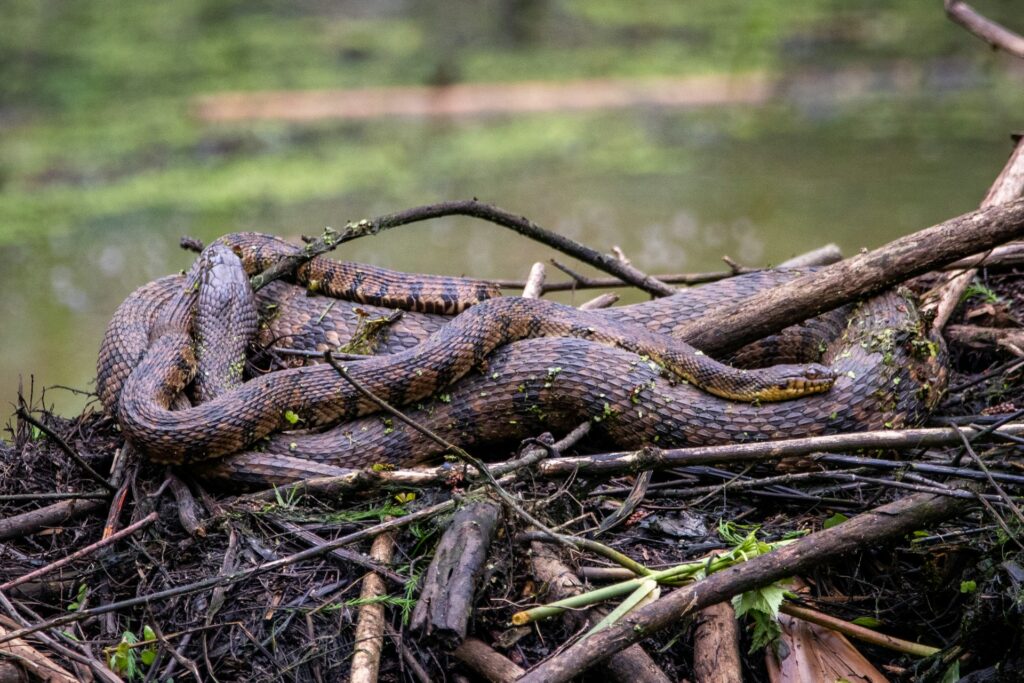
Venomous snake courtship displays represent some of nature’s most fascinating and species-specific behaviors, which captive breeding programs must understand and accommodate.
Male combat occurs in many species, including rattlesnakes and king cobras, where males engage in wrestling matches, establishing dominance without using their venomous fangs.
Following successful courtship, copulation typically involves the male aligning his cloaca with the female’s while inserting one hemipenis, with mating durations ranging from minutes to days depending on the species.
Professional breeders document these behaviors through observational windows or closed-circuit cameras, minimizing disturbances that might interrupt successful mating.
For particularly valuable genetic lines or difficult species, some facilities employ assisted reproduction techniques, including artificial insemination, though such procedures remain relatively rare and specialized in reptile husbandry.
Pregnancy Monitoring and Pre-birth Care
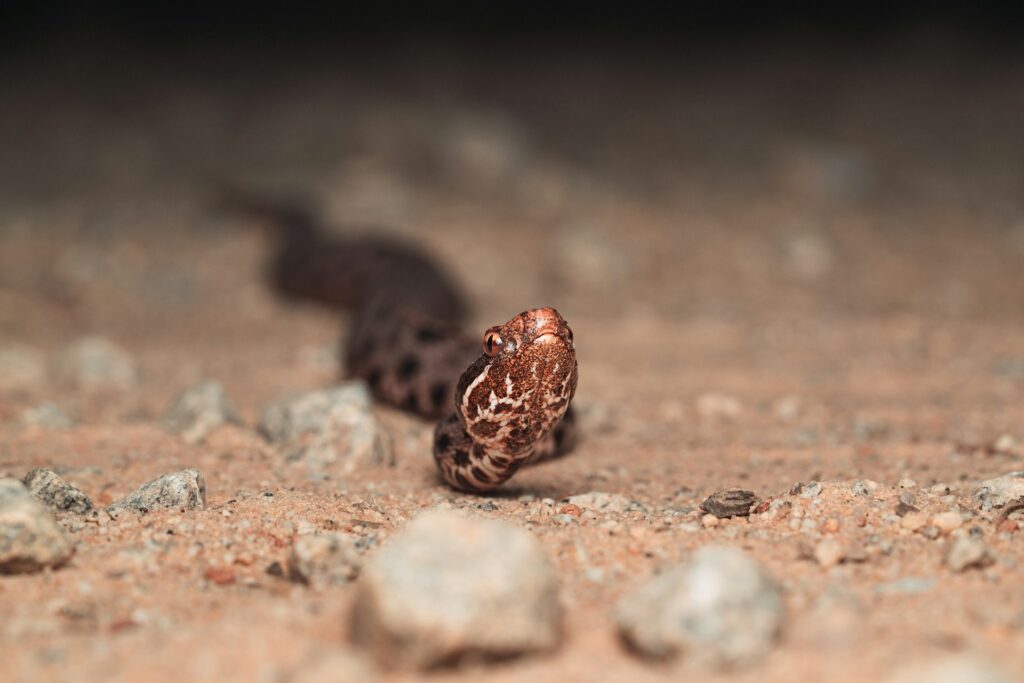
Once breeding has occurred, close monitoring of female venomous snakes becomes essential to ensure successful reproduction and prepare for safe handling of offspring.
Physical changes indicating successful reproduction include mid-body swelling, skin stretching between scales, and behavioral shifts such as increased basking and reduced feeding as development progresses.
Non-invasive ultrasound technology allows confirmation of pregnancy and assessment of embryonic development without stressing the gravid female.
For egg-laying (oviparous) species, keepers prepare specialized laying boxes containing damp vermiculite or sphagnum moss maintained at specific humidity levels to encourage proper egg deposition.
Live-bearing (viviparous) species receive particular attention to thermal regulation, as temperature fluctuations can affect gestation timing and offspring viability in these specialized reproducers.
Egg Incubation Techniques
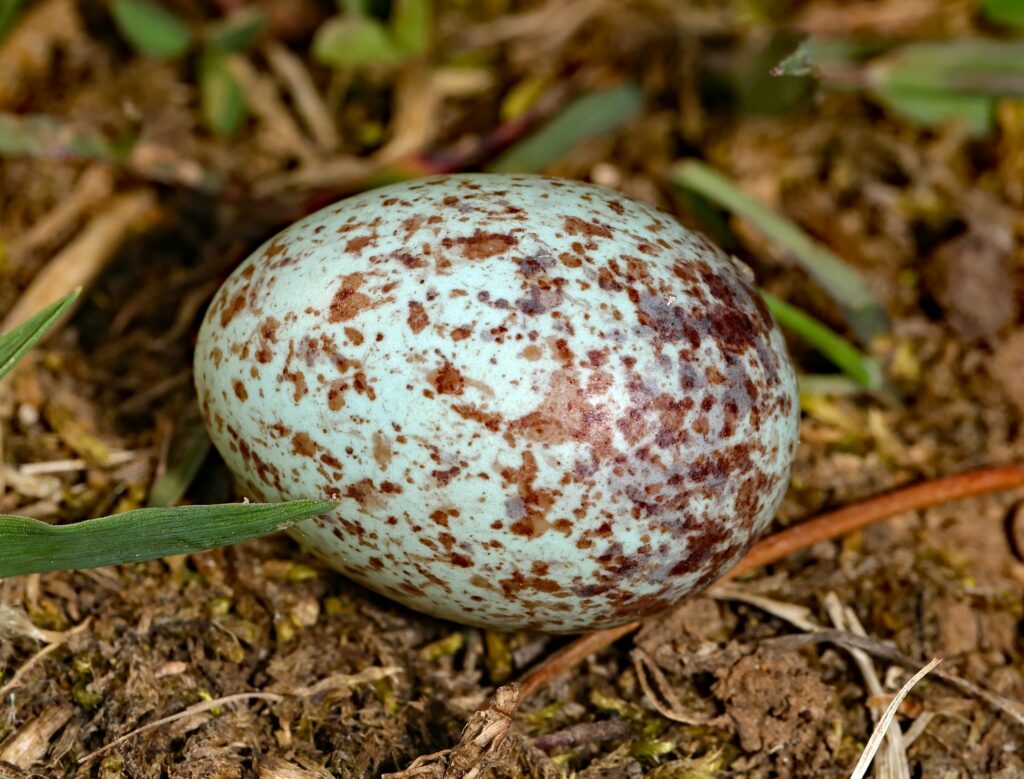
Incubating eggs from venomous species requires precise environmental control systems that maintain constant conditions throughout the development period.
Professional incubation setups typically use plastic containers with ventilation holes filled with vermiculite, perlite, or specialized reptile incubation media maintained at specific moisture levels—too dry causes fatal dehydration, while excessive moisture promotes deadly fungal growth.
Temperature control remains crucial, with species-specific requirements generally ranging between 78-88°F, maintained by incubators with digital thermostats accurate to within 0.5 degrees.
For temperature-dependent sex determination species like certain vipers, breeders may purposefully incubate different clutches at varied temperatures to produce balanced sex ratios in offspring.
Unlike bird eggs, reptile eggs should never be rotated after placement, as the embryo attaches to the inner shell membrane, and rotation can cause fatal rupturing of blood vessels.
Caring for Neonates and Juveniles

Newborn venomous snakes present unique challenges, being fully equipped with functional venom apparatus despite their diminutive size. Housing for neonates typically consists of small, secure containers with minimal furnishings to facilitate observation and cleaning while preventing escape through tiny gaps.
Feeding presents a particular challenge, as many newborns initially refuse food, requiring specialized techniques including scent-trailing (dragging prey items across the enclosure) or prey item modifications such as brain exposure or small incisions to release stimulating scents.
Handling protocols for neonates mirror those for adults but with specialized equipment scaled to their size, including appropriately sized snake hooks and plastic tubes for safely securing the head during necessary manipulations.
Record-keeping becomes particularly important at this stage, documenting first sheds, feeding responses, and growth rates that indicate successful adaptation to captivity.
Genetic Considerations in Captive Breeding
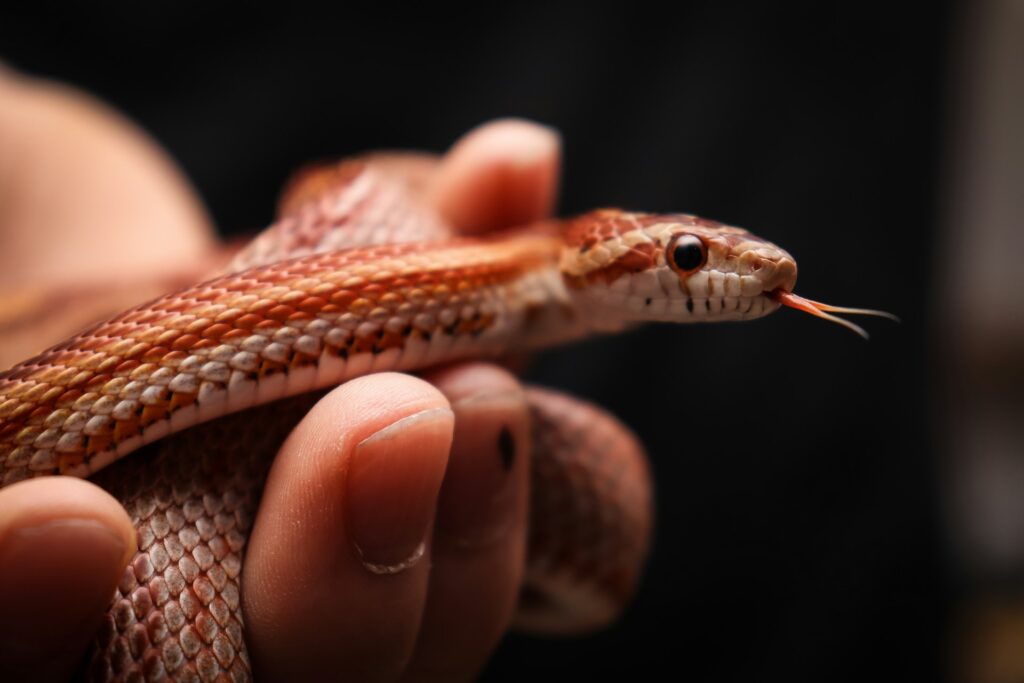
Responsible venomous snake breeding programs incorporate genetic management strategies to maintain healthy, viable populations with sufficient diversity.
Studbooks and breeding registries, particularly important for rare species, track lineages and relationships to prevent inbreeding depression that leads to reduced fertility, compromised immune systems, and congenital defects.
Outcrossing strategies often involve exchanging breeding specimens between facilities to introduce new genetic material while maintaining species integrity.
Some advanced programs employ DNA analysis to assess genetic diversity and guide pairing decisions, especially crucial for conservation-focused breeding of endangered species.
Ethical breeders avoid producing hybridized specimens or selectively breeding for extreme morphological traits that might compromise health or natural behaviors, maintaining focus on species preservation rather than novelty production.
Ethical Controversies and Conservation Impact

The practice of breeding venomous snakes in captivity exists at the intersection of several ethical debates within both the herpetological community and broader society.
Critics question whether private breeding serves legitimate conservation purposes or merely satisfies collector demand that potentially encourages wildlife trafficking.
Conservation-focused breeding programs counter that they maintain assurance populations of endangered species like the Santa Catalina rattlesnake or Round Island boa, providing genetic reservoirs should wild populations collapse.
The antivenom production argument offers another justification, as captive breeding provides controlled venom sources necessary for developing life-saving treatments without depleting wild populations.
Ultimately, the ethical assessment hinges on program purposes, protocols, and placement outcomes—whether offspring contribute to research, conservation, education, or responsible private keeping versus feeding unregulated markets or inappropriate ownership.
The Future of Venomous Snake Breeding
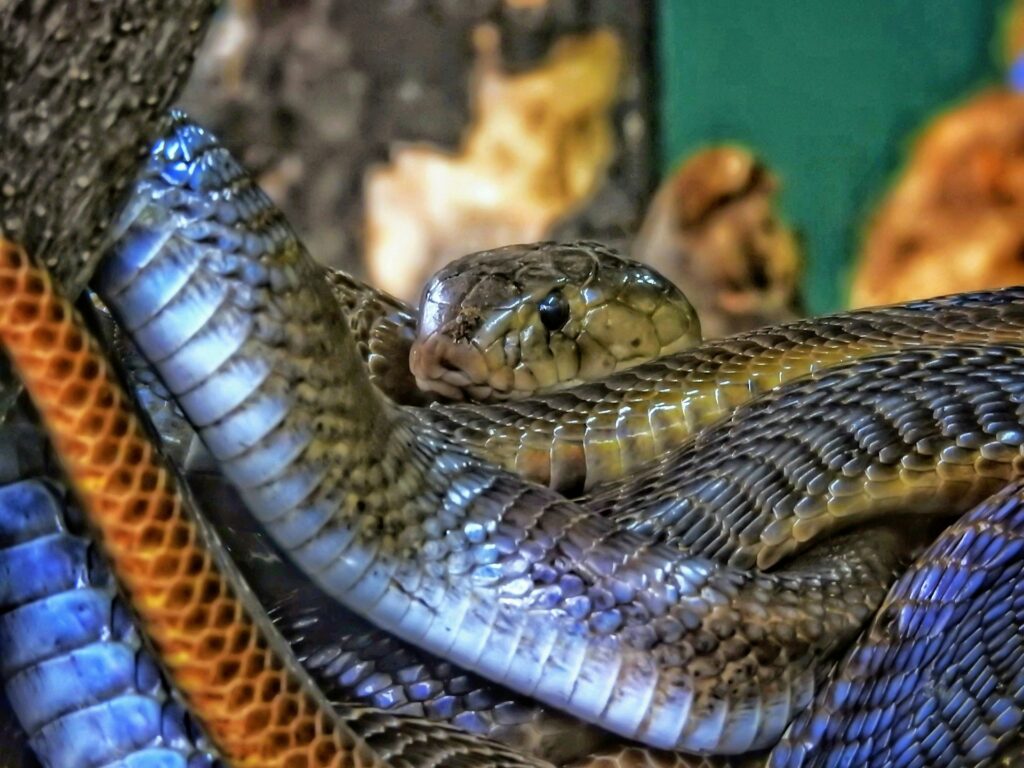
Venomous snake breeding continues to evolve with advancing technologies and changing cultural attitudes toward these powerful animals.
Reproductive technologies, including artificial insemination, gamete cryopreservation, and even potential cloning, offer future possibilities for preserving genetic material from exceptionally valuable specimens or critically endangered species.
Conservation breeding networks increasingly coordinate international efforts, sharing both expertise and genetic material to maintain robust captive populations of threatened species.
Regulatory environments continue shifting, with growing emphasis on formal accreditation systems that distinguish professional operations from casual hobbyists.
As our understanding of venomous snake physiology, behavior, and ecological roles deepens, breeding programs will likely become more sophisticated in their approaches, balancing human interests in these fascinating creatures with respect for their inherent wildness and evolutionary adaptations.
Conclusion
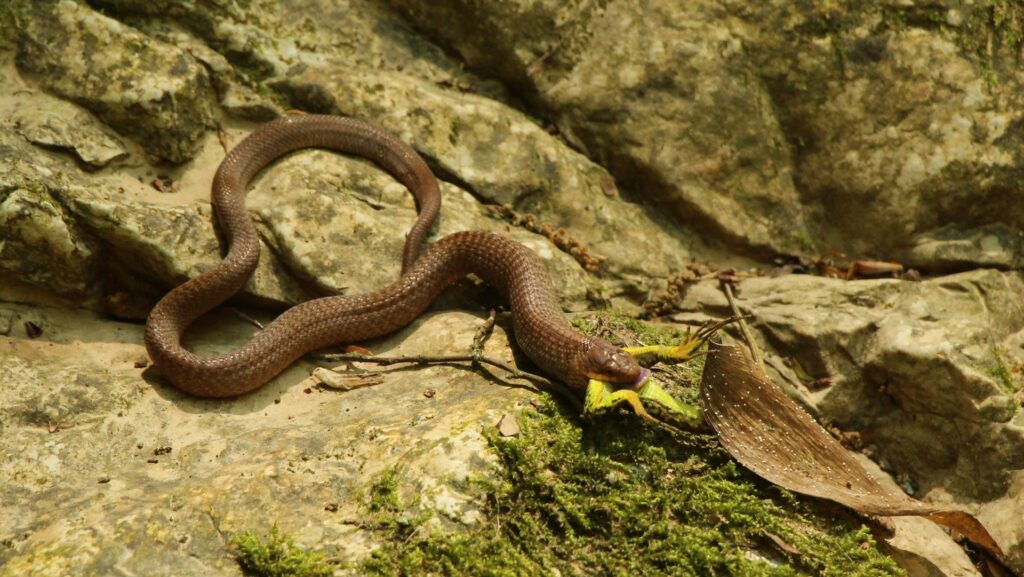
Venomous snake breeding represents one of herpetology’s most specialized disciplines, combining technical expertise, safety consciousness, and ethical responsibility.
When conducted properly, these programs contribute significantly to research, conservation, and education while ensuring these remarkable reptiles maintain their place in both natural ecosystems and human understanding.
The successful breeder balances scientific knowledge with deep respect for the power these animals possess.
As we move forward, the challenge remains to advance these practices in ways that benefit both human interests and the snakes themselves, recognizing that even our most feared reptiles deserve conservation consideration and ethical treatment throughout their lives, whether in the wild or under human care.

